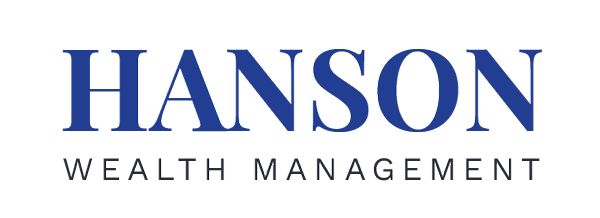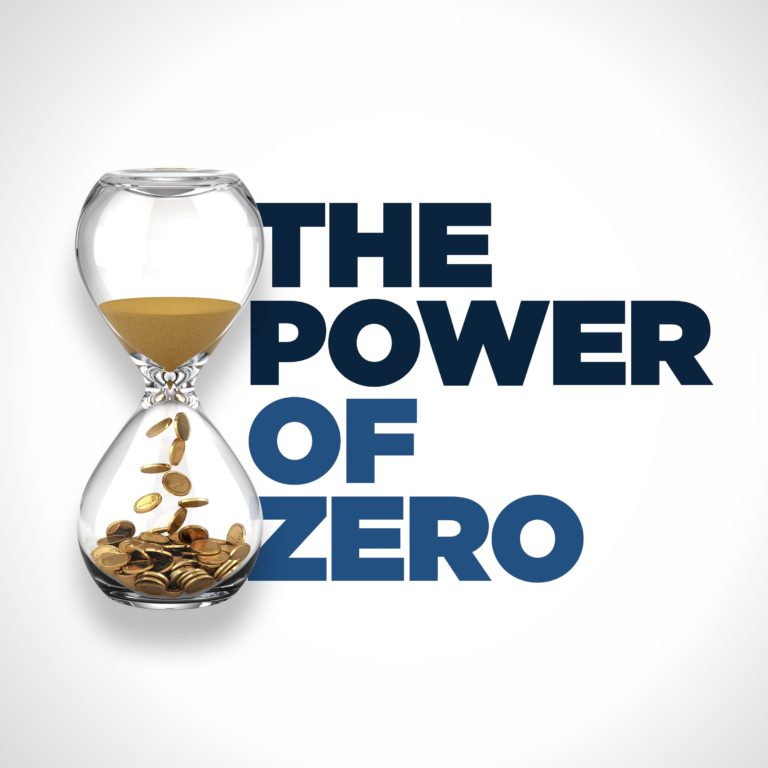Portions of the following content have been adapted from the book Tax-Free Income for Life by David McKnight.
We’ve been talking about some of the inherent challenges with a Roth conversion in recent articles, which you can get caught up on here and here, and that discussion continues today. Below, we’ll talk through how to have a reliable pool of funds to fund your lifestyle expenses, LIRP contributions, and taxes during your Roth IRA conversion period.
TIME- SEGMENTED INVESTING DURING THE ROTH IRA CONVERSION PERIOD
One way to protect the assets earmarked for your cash flow needs during the Roth IRA conversion period is through a strategy known as time-segmented investing.
Here’s how it works:
Assume you want to convert your annuity to a Roth IRA over a ten-year time frame. Now, keep in mind that a ten-year Roth conversion time frame is not ideal because you run the risk of much higher taxes beyond 2026. However, I use the ten-year example here to fully illustrate the benefits of time-segmented investing. You would allocate the cash flow required to pay for your lifestyle, LIRP contributions, and taxes during that ten-year period to a series of portfolios whose time horizons mature at a point in time when you need the money. Any assets not required to meet your cash flow needs during this conversion period would be allocated to a post– Roth IRA conversion portfolio primarily comprising aggressive-growth stocks. Time-segmented investing within the framework of this strategy requires six separate accounts that match the following time horizons:
- Cash account (year 1): less than 1 percent return
- Portfolio 1 (years 2– 3): 2.5 percent return
- Portfolio 2 (years 4– 5): 3.5 percent return
- Portfolio 3 (years 6– 7): 4 percent return
- Portfolio 4 (years 8– 10): 4.5 percent return
- Portfolio 5 (post– Roth conversion) 6.5 percent return
Let’s take a moment to expand upon these portfolios.
SEE ALSO: Aligning Your Tax-Free Stars
Cash
This is money earmarked for your lifestyle expenses in year one. You can’t afford to expose these dollars to any amount of risk. They must be available when your liquidity needs arise. From a practical perspective, it makes sense to deposit this money into a checking, savings, or money market account. This would allow you to automate the payment of your bills without exposure to the ebb and flow of an investment account.
Portfolios 1 through 4
The money allocated to cash flow needs during years two through ten of the Roth conversion period are subdivided into portfolios that segment risk according to four separate time horizons. Remember, we aren’t after explosive stock market returns in these portfolios— we simply want to keep pace with inflation and eliminate sequence-of-return risk.
Each separate portfolio invests in bonds that have durations that correspond to the time horizon of that segment. For example, portfolios that wouldn’t have to be accessed until year seven would include bond offerings with longer durations, and slightly more risk, than portfolios that need to be accessed in year two. In short, each portfolio is uniquely tailored to meet the risk sensitivity of its respective time segment within the ten-year Roth IRA conversion period.
The amount allocated to Portfolios 1 through 4 at the beginning of your retirement would be the net present value required to accumulate the appropriate amount of money to pay for those cash flow needs by the time horizon indicated. For example, if we anticipate that the cash flow needed in year eight will grow at 4.5 percent between now and then, we can allocate less money to Portfolio 4 at the beginning of the Roth IRA conversion period and allow it to grow to the required sum by the time we need to access it. This allows us to allocate as little money as possible to these lower-return portfolios.
Portfolio 5, High-Octane Investing
The portion of your liquid assets not earmarked for cash flow needs during the Roth conversion period is allocated to Portfolio 5, a much higher-octane, growth-oriented investment portfolio. In the preceding Roth IRA conversion example, any portion of your portfolio not earmarked for your cash flow needs during that ten-year period would, by default, spill over into Portfolio 5.
There are three reasons why the post-Roth conversion dollars allocated to Portfolio 5 can be invested in such an aggressive fashion:
- First, because you won’t need liquidity on these dollars during the Roth IRA conversion period, you have the luxury of taking more risk. Should the market go down during the conversion period, you’ll have time to let these assets recover.
- Second, once the Roth conversion period is over and your basic lifestyle expenses are covered by your Social Security and your guaranteed lifetime income, you won’t have to take distributions during a down market to pay for discretionary needs. Say good-bye to sequence-of-return risk!
- Lastly, by investing the money in Portfolio 5 more aggressively, you increase the likelihood it will last your whole retirement.
SEE ALSO: Why Americans Aren’t Using the Best Approach to Lifetime Income
IN SUMMARY
Because you won’t have access to your guaranteed lifetime income until the end of your Roth IRA conversion period, you need a reliable pool of funds from which to pay for your lifestyle expenses, LIRP contributions, and taxes. Given the dangers of sequence-of-return risk during these early years of retirement, you can’t risk growing these funds in the stock market. To neutralize this risk during the Roth conversion period, it makes more sense to grow those dollars in time-segmented, risk-adjusted portfolios that grow safely and productively. This frees up the balance of your non-annuity portfolio to be invested in high-octane investments that can grow much more productively, increasing the likelihood they’ll survive as long as you do.
WOULD YOU LIKE ROTH IRA CONVERSION GUIDANCE?
If you’d like to learn more about your Roth IRA options, including Roth conversion, I hope you’ll reach out for a consultation. At Hanson Wealth Management, the approach we use to plan your secure retirement includes lowering your tax burden and optimizing your income streams with the objective of achieving a tax-free retirement so you can truly live your best life. I look forward to hearing from you!



